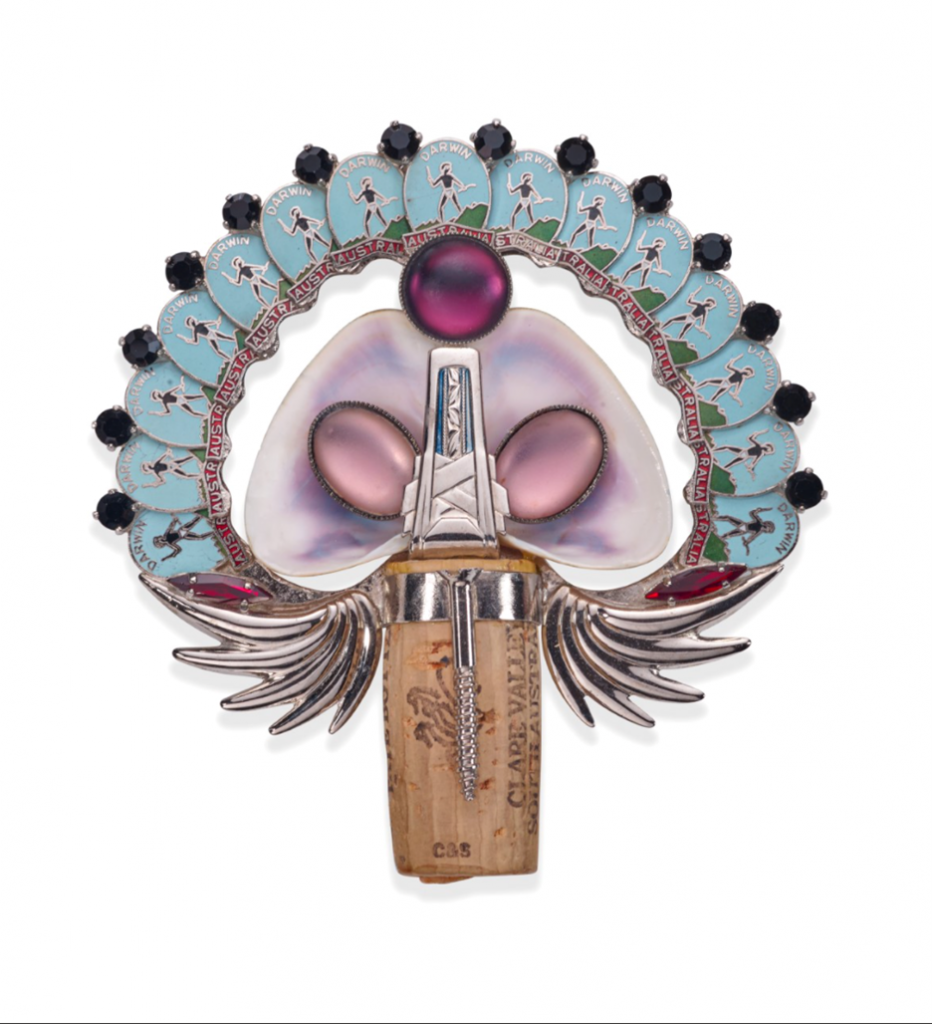
At the Lowe Art Museum, glimmering pieces of glass and metalwork catch the light, refracting images of the life and career of prominent local art collector Myrna B. Palley. The exhibit, “Force of Nature: Highlights from the Myrna B. Palley Art Jewelry Collection,” is on display through June 5.
The exhibit’s 20 works of wearable art were contributed by 15 artists and represent a variety of mediums, including beadwork, enamel and resin, found objects and alternative media.
“This exhibit is the personal collection of Myrna Palley. It is representative of her larger glass and ceramic collection,” said Mark Osterman, director of digital engagement and head of education at the Lowe. “These are artists that she’s cultivated both a professional and personal friendship with, collecting their work over time.”

Before her death in 2020, Palley and her husband, Sheldon Palley, were prominent collectors in the Miami art community, known for the bonds they formed with artists whose work they prized.
One artist, Pierre Cavalan, has focused on glass and found-object jewelry throughout his expansive career, two pieces of which are showcased in the exhibit.
In his February opening lecture at the Lowe, “Amuletum: Totems for the Day After Tomorrow,” Cavalan expounded on the idea of jewelry as totems of protection, items which the wearer dons to avoid unfortunate windfalls. He referred to it specifically as “apotropaic,” meaning that it has the power to avert evil.
“I have an expression with my jewelry,” Cavalan said. “I like to think it’s empowerment through ideas, so the idea of jewelry is what protects you. It’s fantastic for me to have my jewelry in a museum — I feel very honored. But essentially, jewelry should be worn. It’s always been wonderful to have Myrna parading my jewelry. So I’m happy and sad at the same time.”
Jewelry, far from being a mere bauble, was deeply significant to both artist and collector.
“These particular pieces are wearable art and jewelry that Myrna was very prideful about,” Osterman said. “This exhibit is in honor of both her collecting and her friendship with these artists. It’s also a testament to the craftsmanship of the artists themselves.”





